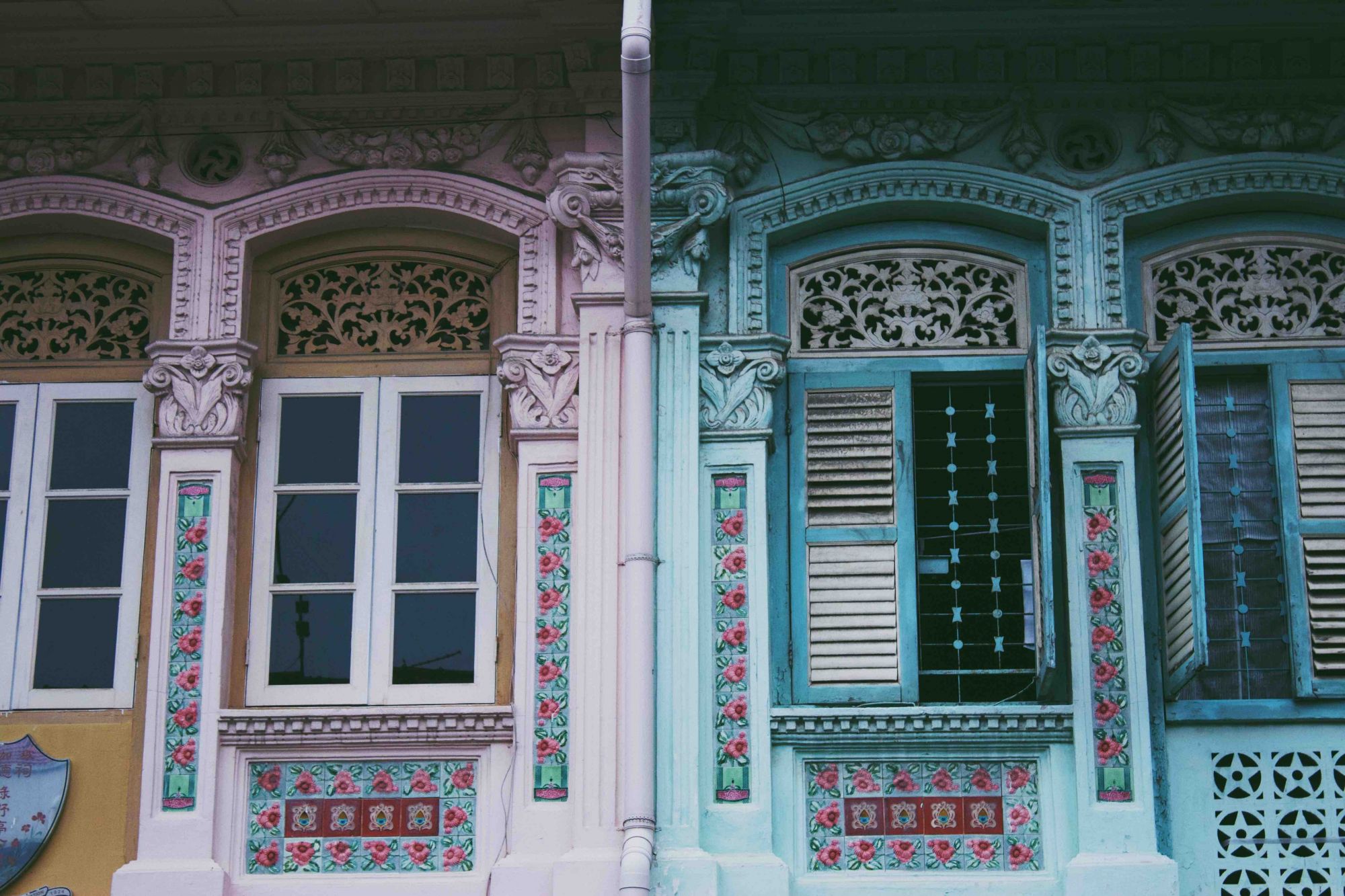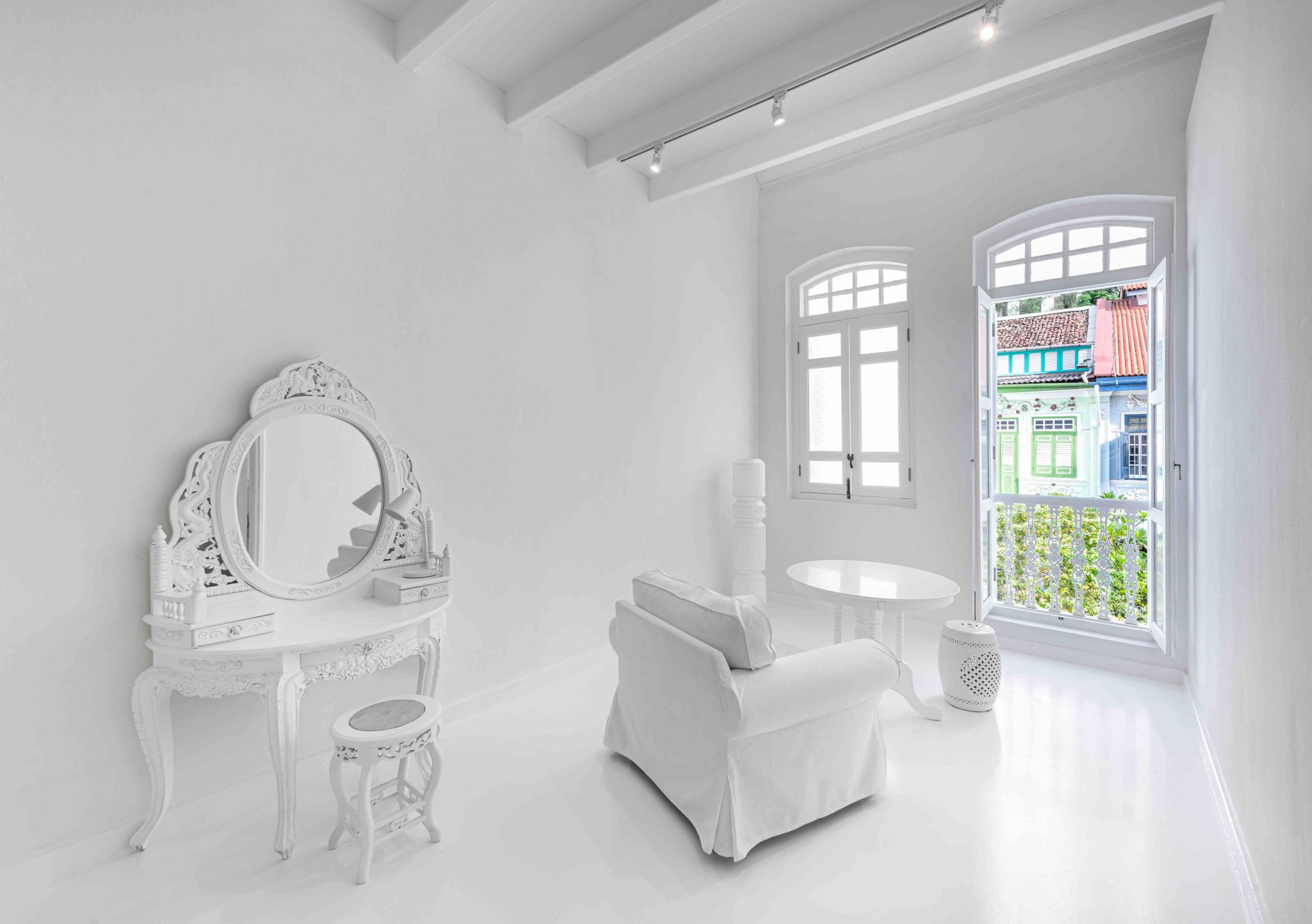Shophouses have always had a cool factor about them. But these icons of Southeast Asian architecture are now sought-after by local and foreign investors alike for reasons beyond that
When you think of Singapore, the things that come to mind immediately are its multi-cultural cuisine, swanky malls and high-rise residences. Amidst these, and in complete contrast, are its bold, bright and ornate shophouses. As the name suggests, these often two- to three-level buildings, have shops on the lower levels and residences above—they used to house the merchants and owners of these shops in the 19th century. They are an integral part of Singapore’s heritage, and for years now locals and foreign investors have been vying for a piece of that pie.
Related: Desaru Coast In Johor Named The Next Prime Property Investment Spot In Asia

Although Singapore has always attracted foreign investments in the property market, when it comes to shophouses, about 80 per cent of purchasers are Singaporeans, who look at them for both investment purposes and capital appreciation, says Mary Sai, executive director, Capital Markets (Land & Building, Collective & Strata Sales) at Knight Frank Singapore.
Yap Hui Yee, director of Investment Sales & Capital Markets at Savills (Singapore) Pte Ltd, agrees. Her team has brokered approximately $130 million shophouse transactions to Singaporeans of high net worth and foreigners based here in the past four months—with only 20 per cent of buyers from the latter category.




